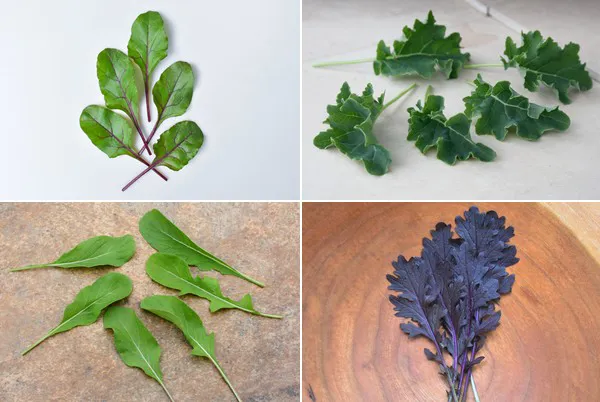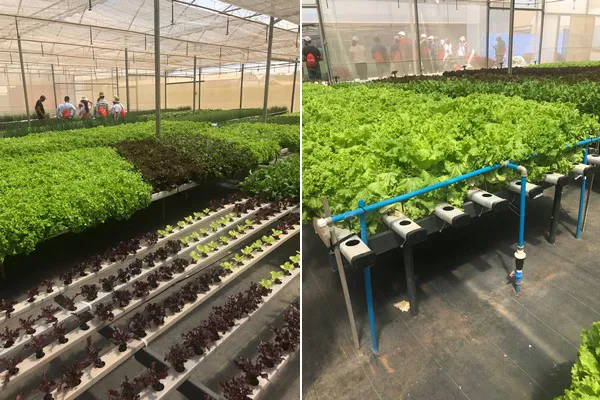The start of Sakata Seed’s CEA department a few years ago wasn’t intentional at the beginning. “We received a lot of requests from CEA growers who had access to our product through their distributors,” says Tracy Lee, who heads up the company’s CEA program.
“They asked us what other products were available.” Based on the different requests, Sakata started doing research back in 2017. The outcome showed that CEA was deemed valued and important. “We felt we needed to pay attention to CEA and started making a business plan.” The department is now in its third year with the goal to become as successful as the company’s other programs within the next five years.
Breeding for indoor-grown vegetables is very different compared to the open field. A significant part of the CEA category is vertical farms which are startups funded with venture capitalist money. These farms are extremely high-tech and driven by technology. “The farms are first and foremost technology based. Seed genetics is often a focus that comes after the technology is established.”
 Clockwise from top left: beet, kale, mustard, and arugula.
Clockwise from top left: beet, kale, mustard, and arugula.
Breeding locations
Sakata’s primary locations to develop seeds for indoor-grown vegetables for the US and Canadian markets are in Burlington, Washington, and Salinas, California. This is where the research stations for cool crops and leafy crops are. In addition, Brazil also has a CEA lettuce research program. The indoor tomato program is centered in Japan.
“These locations were a natural choice as that’s where the breeders were based,” said Lee. We work with crop breeders and not segment breeders,” she added. “This means our existing open field breeders have expanded their skillsets to breed for indoor crops, which is a learning curve.” As an example, the company has one breeder for baby leaf seeds, one breeder for kale/turnip, and one breeder for spinach.
The most popular products the CEA program breeds for the US market include specialty tomatoes (grape and cherry) as well as many leafy crops that make it into clamshells and bags with salads. Examples are arugula, baby leaf beets, kale, chard, and mustard. In addition, baby leaf mixes and microgreens mixes are popular for food service.

Data sharing
At the moment, the demand for Sakata’s various CEA seeds is bigger than the supply. “In a controlled system that has the ability to grow 365 days/year, there are many more cycles compared to an open field,” shared Lee. This means a high turnaround and high demand for seeds. “We receive calls from growers who immediately need a large number of seeds for the next three months, and we tell them it’s something we have to plan for.”
At the moment, it is difficult to estimate seed demand as production data from our CEA customers is not available. “There is a bit of a disconnect as little data is available. We’ve been asking growers to share production forecast data as that communication will be key in balancing supply and demand. While we need the data to do what’s best for the grower, they are hesitant to share information as their growing technology is often different from their competitors.” Since data sharing and collaboration are in the best interest of both parties, a non-disclosure agreement is now being signed between Sakata and the customer. “This is overarching important for all of us.”
 For more information:
For more information:
Tracy Lee Zogby
Sakata Seed
tlee@sakata.com
www.sakatacea.com
